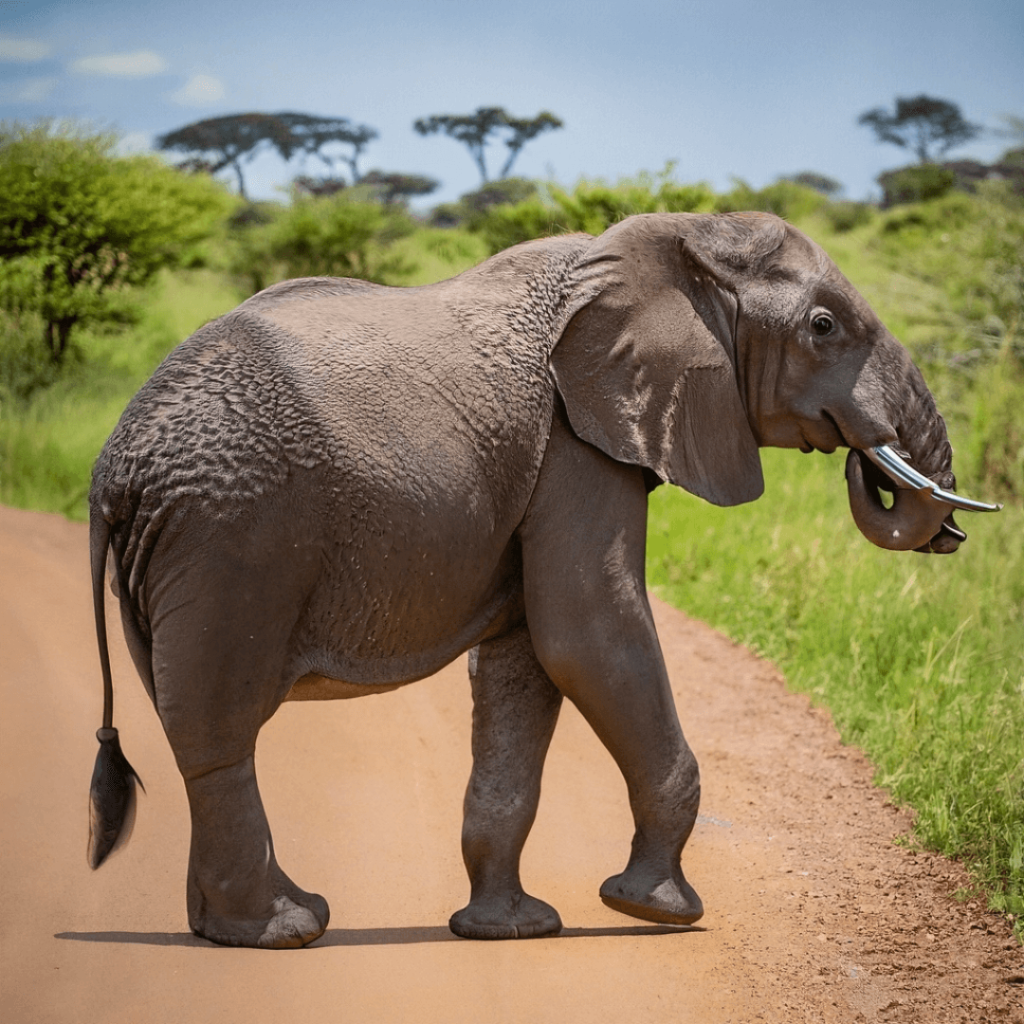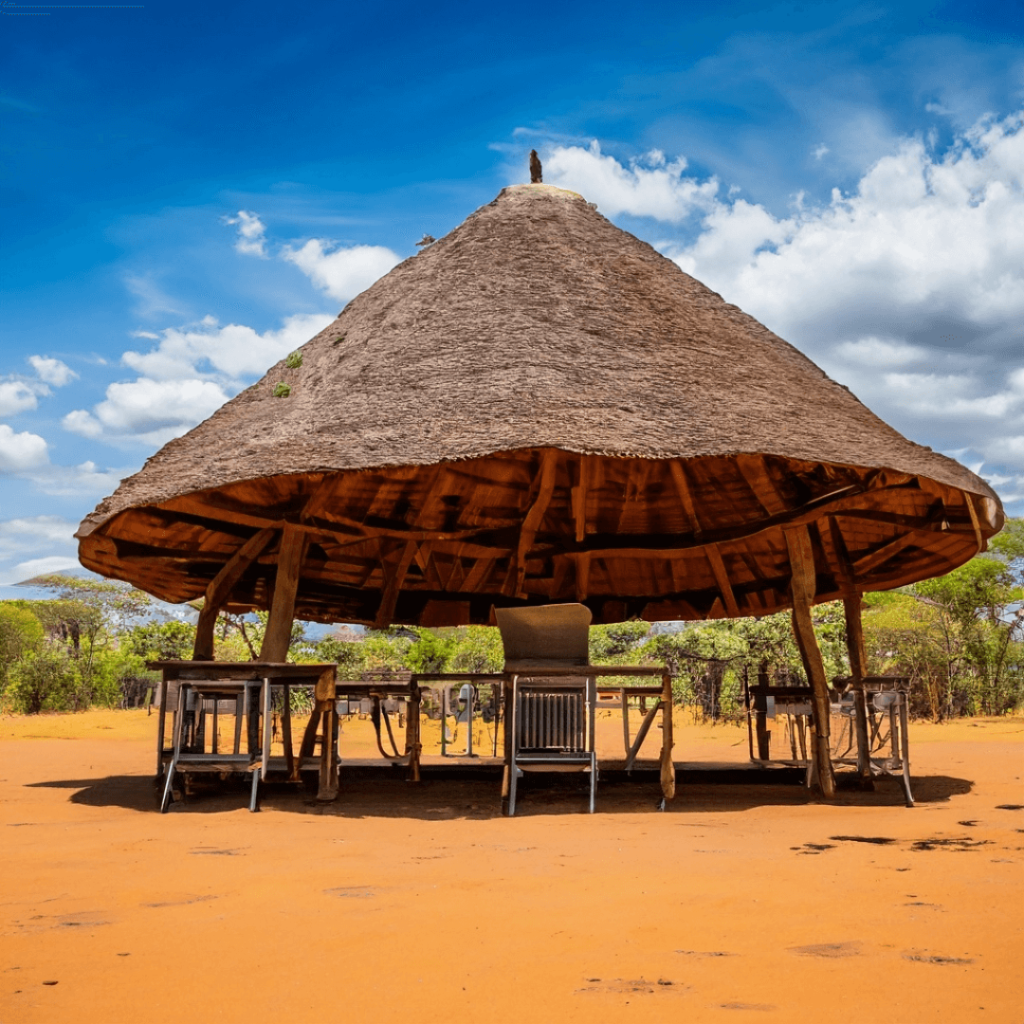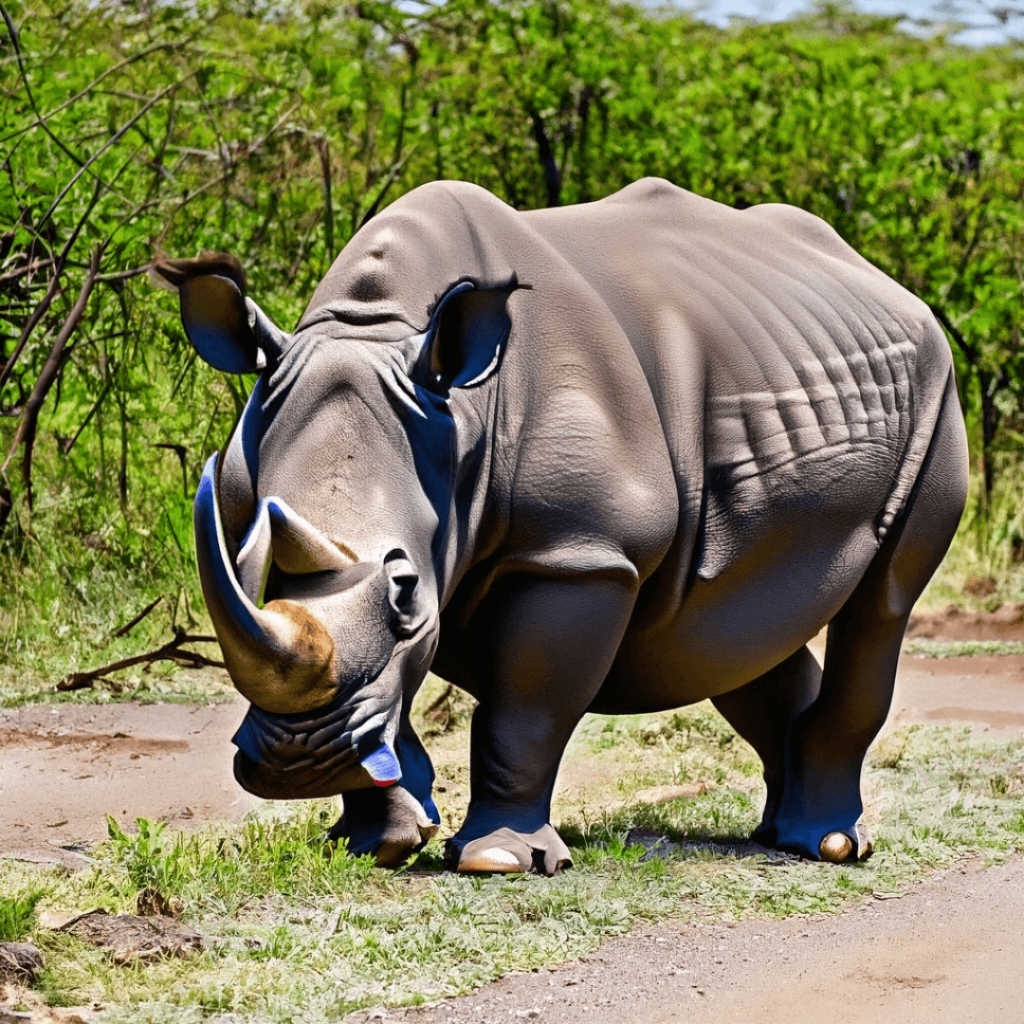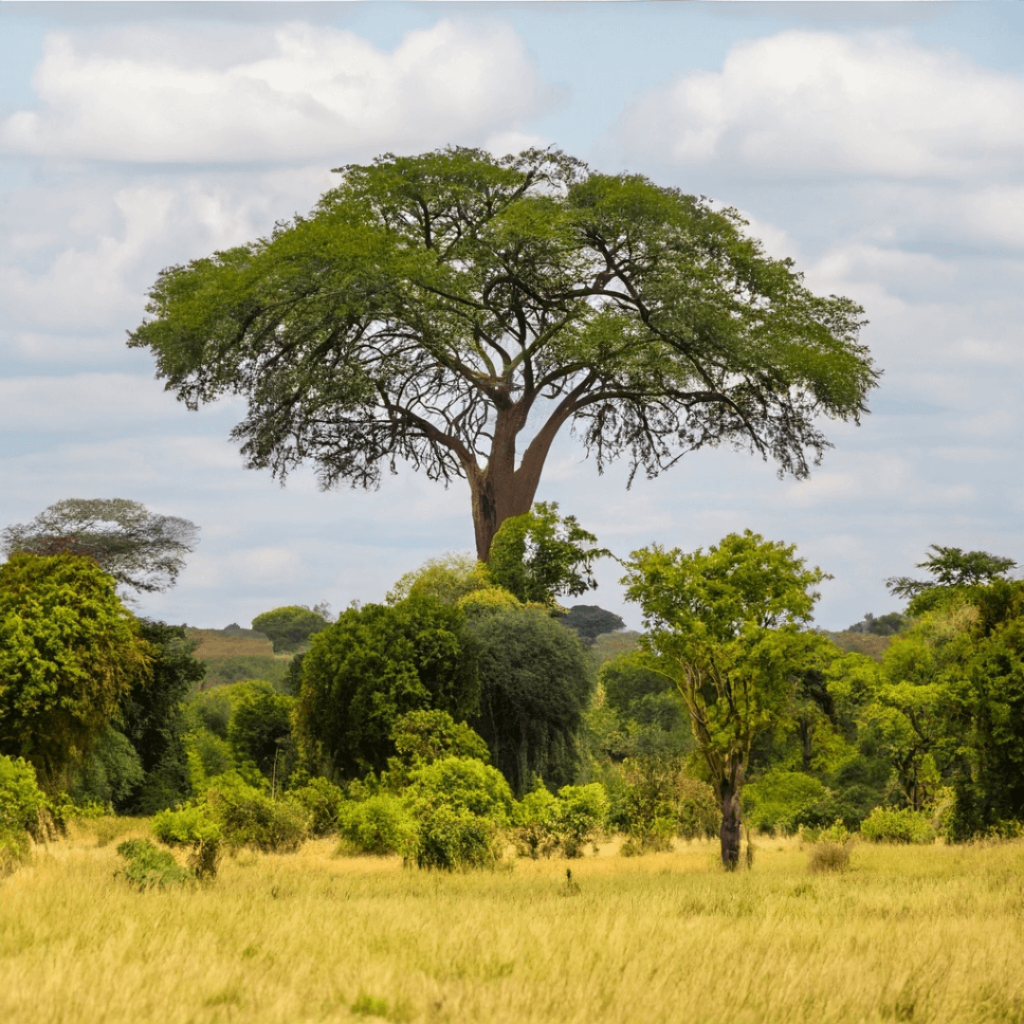Welcome to Kaziranga National Park, a wildlife paradise located in the northeastern state of Assam, India. Spanning across an impressive area of approximately 430 square kilometers, this national park is renowned for its rich biodiversity and as a sanctuary for the endangered one-horned rhinoceros. In this article, we will delve into the captivating world of Kaziranga National Park, exploring its unique features, wildlife, conservation efforts, adventure activities, and much more.
Location and Overview of Kaziranga National Park
Situated in the Golaghat and Nagaon districts of Assam, Kaziranga National Park lies on the floodplains of the mighty Brahmaputra River. The park is characterized by lush grasslands, marshes, and dense forests, creating an ideal habitat for a diverse range of flora and fauna. The park’s strategic location in the Indo-Gangetic plains makes it a hotspot for wildlife enthusiasts and nature lovers from around the world.
Flora and Fauna of Kaziranga National Park
Kaziranga National Park boasts an extraordinary array of plant and animal species. The park’s vegetation includes tall elephant grass, dense forests, reeds, and aquatic plants. It is home to the iconic one-horned rhinoceros, which is the park’s flagship species. Additionally, Kaziranga shelters a significant population of tigers, elephants, water buffaloes, swamp deer, and various species of primates, reptiles, and birds.
Conservation Efforts and UNESCO World Heritage Site Status
Recognizing the ecological importance of Kaziranga National Park, it was declared a UNESCO World Heritage Site in 1985. The park has been at the forefront of conservation efforts, particularly for the one-horned rhinoceros. Strict anti-poaching measures and habitat preservation initiatives have played a vital role in the resurgence of the rhino population. The park serves as a conservation model for the successful coexistence of wildlife and human activities.
Safari and Adventure Activities in Kaziranga National Park

Embarking on a wildlife safari in Kaziranga National Park is an experience like no other. Jeep safaris and elephant safaris allow visitors to explore the park’s diverse landscapes and observe its fascinating wildlife up close. The thrilling adventure of tracking rhinos, tigers, and other elusive creatures amidst the tranquil surroundings is bound to leave you awe-inspired.
Best Time to Visit Kaziranga National Park
The best time to visit Kaziranga National Park is during the winter season, from November to April. The park remains closed during the monsoon months of May to October due to heavy rainfall and flooding. The pleasant weather during winter makes it an ideal time for wildlife sightings, and the park’s vibrant flora adds to the overall charm.
How to Reach Kaziranga National Park
Reaching Kaziranga National Park is relatively convenient. The nearest major city is Guwahati, which is well-connected by air, rail, and road networks. From Guwahati, it takes approximately four hours to reach the park by road. The closest airport and railway station to Kaziranga are located in Jorhat, which is approximately 100 kilometers away.
Accommodation Options and Facilities

Kaziranga National Park offers a range of accommodation options to suit various preferences and budgets. From luxurious resorts to cozy homestays and forest lodges, there are plenty of choices for visitors. The park also provides amenities such as guided tours, nature interpretation centers, restaurants serving local cuisine, and souvenir shops. It ensures that visitors have a comfortable and memorable stay while immersing themselves in the natural wonders of the park.
Local Culture and Cuisine
The region surrounding Kaziranga National Park is rich in cultural heritage. The local communities, including the indigenous Assamese people, contribute to the unique cultural tapestry of the area. Visitors can explore the traditional villages, interact with the locals, and witness their vibrant festivals and rituals. Assamese cuisine, known for its flavorsome dishes and extensive use of local ingredients, offers a delightful culinary experience for food enthusiasts.
Safety Guidelines and Precautions
While visiting Kaziranga National Park, it is essential to follow safety guidelines to ensure a safe and responsible experience. It is advised to adhere to the instructions provided by the park authorities and maintain a safe distance from wild animals. Additionally, it is crucial to respect the park’s ecosystem and refrain from littering or causing any environmental damage.

People also ask
Why Kaziranga National Park is so famous?
Kaziranga National Park is famous for several reasons:
- One-horned Rhinoceros: It is renowned for being home to the largest population of one-horned rhinoceros in the world. Kaziranga has played a vital role in conserving this endangered species, and the park’s conservation efforts have been successful in bringing the population back from the brink of extinction.
- Biodiversity: The park is a biodiversity hotspot and is recognized as a UNESCO World Heritage Site. It is home to a diverse range of flora and fauna, including elephants, tigers, wild water buffalo, swamp deer, and numerous bird species. Kaziranga’s rich biodiversity attracts nature enthusiasts, researchers, and wildlife photographers from all over the globe.
- Unique Ecosystem: Kaziranga National Park is situated in the floodplains of the Brahmaputra River in the Indian state of Assam. It features a unique ecosystem comprising tall elephant grass, marshland, and dense forests. This distinctive landscape provides a habitat for various species and offers visitors a chance to experience the natural beauty of the region.
- Conservation Efforts: The park has been instrumental in conservation initiatives, particularly in protecting the one-horned rhinoceros. Kaziranga’s successful conservation practices, including anti-poaching measures and habitat management, have become a model for wildlife conservation efforts globally.
- Adventure and Wildlife Tourism: Kaziranga offers exciting opportunities for adventure and wildlife tourism. Visitors can explore the park through thrilling elephant safaris or jeep safaris, allowing them to get up close to the wildlife while maintaining a safe distance. The park’s scenic beauty and unique wildlife experiences make it a popular destination for nature lovers and wildlife enthusiasts.
Overall, the combination of its conservation success, diverse wildlife, and breathtaking landscapes has earned Kaziranga National Park its fame as one of the most celebrated wildlife destinations in the world.
Which animals are reserved in Kaziranga National Park?
Kaziranga National Park is home to a wide variety of animals. Some of the key animal species found in the park include:
- One-horned Rhinoceros: Kaziranga is renowned for its population of one-horned rhinoceros, which is the park’s most iconic species.
- Tigers: The park is also known for its population of Royal Bengal Tigers, which are one of the most majestic and endangered big cat species.
- Elephants: Kaziranga provides a habitat for a significant number of Asian elephants, allowing visitors to witness these gentle giants in their natural surroundings.
- Wild Water Buffalo: The park is home to a large population of wild water buffalo, also known as the Asiatic buffalo.
- Swamp Deer: Kaziranga hosts a substantial population of swamp deer, also called Barasingha, which is a unique and endangered deer species.
- Wild Boar: These wild pigs are commonly found in the park’s grasslands and forests.
- Indian Bison: Also known as the gaur, the Indian bison is the largest extant bovine species and can be spotted in Kaziranga.
- Hoolock Gibbons: Kaziranga is inhabited by Hoolock Gibbons, which are among the rarest and only ape species found in India.
- Sambar Deer: Sambar deer, the largest deer species in the Indian subcontinent, can be found in Kaziranga’s forests.
- Indian Muntjac: Also known as the barking deer, the Indian Muntjac is a small deer species that can be observed in the park.
Apart from these prominent species, Kaziranga National Park is also home to a wide range of reptiles, birds, amphibians, and other smaller mammals, making it a biodiversity hotspot in the region.
Where is Kaziranga National Park in Assam?
Kaziranga National Park is indeed located in the northeastern state of Assam, India. It is situated in the Golaghat and Nagaon districts of Assam. The park is nestled in the floodplains of the mighty Brahmaputra River and covers an area of approximately 430 square kilometers (166 square miles). The nearest town to Kaziranga National Park is Bokakhat, which is about 24 kilometers (15 miles) away. The park is easily accessible by road, and the nearest major city is Guwahati, which is approximately 200 kilometers (124 miles) southwest of Kaziranga.
Which district is Kaziranga National Park covered in?
Kaziranga National Park is covered by two districts in the Indian state of Assam. The park spans across the Golaghat and Nagaon districts of Assam.
Conclusion
Kaziranga National Park stands as a testament to the incredible biodiversity of the region and the importance of wildlife conservation. Its remarkable landscapes and captivating wildlife offer a unique opportunity to connect with nature and appreciate its wonders. Whether you are a wildlife enthusiast, nature lover, or simply seeking an unforgettable adventure, Kaziranga National Park is a destination that should not be missed.
FAQs
1. What is Kaziranga National Park famous for?
Kaziranga is world-famous for being home to the largest population of the one-horned rhinoceros. It’s also a UNESCO World Heritage Site and known for its rich biodiversity, including elephants, tigers, wild buffaloes, and tons of bird species.
2. When is the best time to visit Kaziranga National Park?
The best time to visit is from November to April when the weather is pleasant and the park is open for tourists. It closes during the monsoon season (May to October) due to heavy rains and flooding.
3. How can I reach Kaziranga National Park?
You can reach Kaziranga by air (via Jorhat or Guwahati airports), by train (nearest station: Furkating), or by road through Assam’s scenic highways. It’s pretty well-connected, especially if you’re starting from Guwahati.
4. Are jeep safaris available in Kaziranga?
Absolutely! Jeep safaris are one of the best ways to explore the park. They take you deep into the jungle across different zones like Kohora, Bagori, and Agaratoli. Elephant safaris are also offered for a more up-close look at rhinos.
5. Is Kaziranga safe for tourists?
Yes, Kaziranga is safe as long as you follow the park rules and listen to your guide. Like any wildlife area, keeping a respectful distance from animals and not venturing out alone is key.


